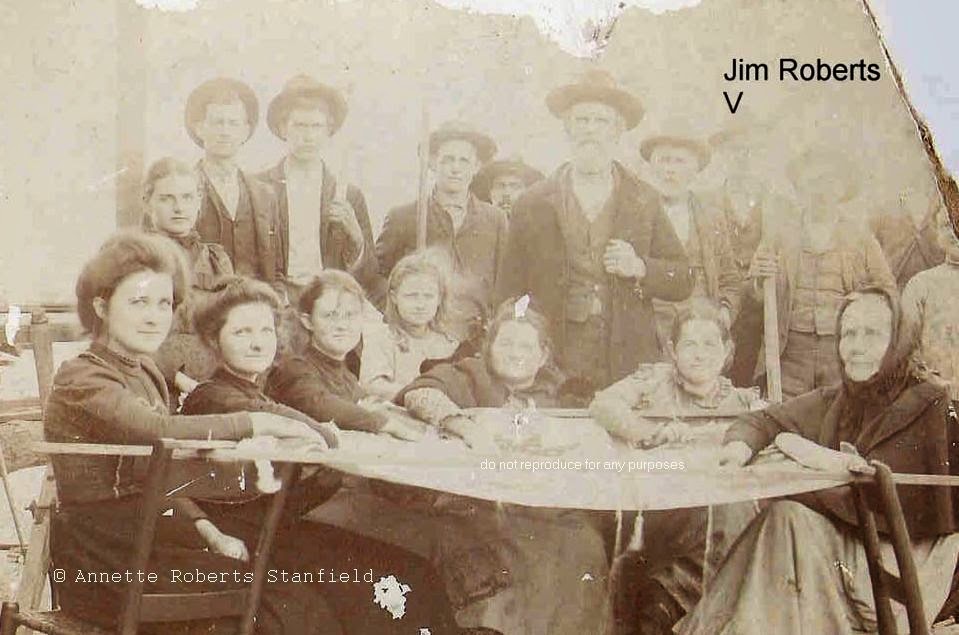 |
|
Day’s Work: “I remember every client, every face. It is like a horror movie.” From Bought & Sold: Voices of Human Trafficking, Kay Chernush.
|
Slavery is officially illegal in all countries, but there are still an estimated 20 million to 36 million slaves worldwide.
Debt bondage, often spanning generations, is the most prevalent form of slavery today, and is most common in Southeast Asia. Another common form is forced labor, which includes child labor and prostitution. Last but not least are forced marriages, including marriage-by-abduction. Chattel slavery, where people are treated as the personal property of an owner and bought and sold as a commodity, is the least prevalent form of slavery today.
 |
|
From Borderless Captivity, Kay Chernush.
|
ArtWorks for Freedom is a non-profit that describes itself as using “the power of art in the global fight against modern slavery and human trafficking.” This organization was founded by freelance photographer Kay Chernush.
Her current show with ArtWorks for Freedom, “Bought & Sold: Voices of Human Trafficking,” is up until May 17 at New York University’s Kimmel Center 8th Floor Gallery. Many of the images verge on the obscene, but don’t blame the artist. Human trafficking itself is obscene, and an honest artist can only depict that.
Chernush’s assignments have taken her around the world for U.S. and international magazines, Fortune 500 corporations and both nonprofit and governmental agencies. Her photos of human trafficking have been shown in eight major exhibitions.
 |
|
From Borderless Captivity, Kay Chernush.
|
Let me know if you’re interested in painting with me on the Schoodic Peninsula in beautiful Acadia National Park in 2015 or Rochester at any time. Click here for more information on my Maine workshops! Download a brochure here.











